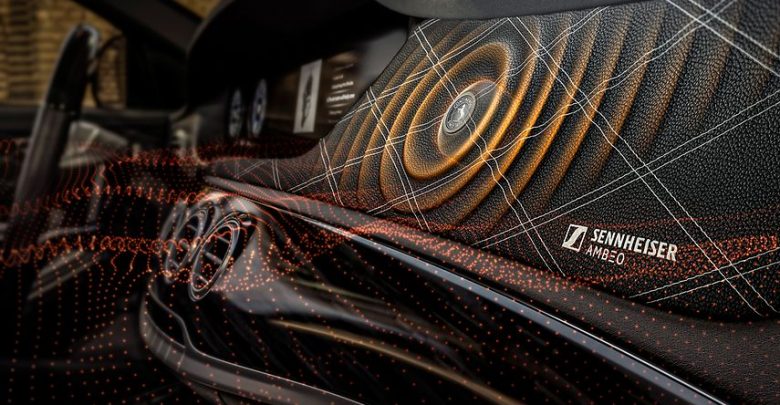Smart Driving Lab launches Smart Driving Connected Car platform
The Smart Driving Laboratory has launched an automated system for updating and individualizing the Connected Car cartographic resources of the Smart Driving Platform. The maps will be updated on a weekly basis, primarily where customers ‘ vehicles are operating taking into account their wishes and tasks. The new update mode is available for mapping coverage of Russia, Kazakhstan, Belarus and Brazil.
For the operation of the system, a “live” update model has been created, in which data from hundreds of sources on changes in the road network, speed limits, traffic signs, address database and infrastructure objects are linked to the real movements of “connected” transport.
Says Elena Dudko, Head of the Cartography Department of the Smart Driving Laboratory: “Most Connected Car platforms in the world use third-party cartographic services. We rely on our own cartography, since the built-in block of someone else’s service does not allow us to solve specific problems of transport telematics and excludes individualization based on direct and indirect feedback from customers. In addition, we use our own cartography as the basis for creating geoinformation databases that allow our customers and partners to receive additional benefits.”
An important part of updating is the processing of direct feedback such as requests for certain changes or clarifications received from private and corporate users of the Smart Driving platform. According to the calculations of the specialists of the “Laboratory”, on-demand updates allow customers to get the local changes they are interested in faster by 4-5 weeks on average.
Most often, users of the Connected Car platform report new objects, changes in markings, new speed limits, closures or the appearance of new side roads. But there are also specific tasks for local changes in remote areas and on construction sites, where the specialists of the” Laboratory ” draw important objects, infrastructure and landscape elements on requests from customers. Each request is checked and, if confirmed, is entered into the mapping apps of the Smart Driving platform within a week, and it becomes available to all customers.
A higher frequency and more accurate targeting of updates will increase the efficiency of the Connected Car platform of the “Laboratory”, improving the quality of services. In particular, this will affect the increase in the speed of updating geofences – virtual areas on the map created for automation and security purposes at the request of corporate and private clients. When crossing such borders, the owner of the vehicle receives a signal. In the Atlas fleet management system, this can be used to implement various automation, management and analytics scenarios, and private clients usually use this opportunity to create a “virtual garage” – a zone whose entry and exit is monitored around the clock.
In addition, updating data on road signs, markings, terrain, contours of the road network, real routes and transport speeds, as well as the condition of the roadway are superimposed on the geoinformation database of accidents. This allows to constantly improve the algorithms for scoring safe driving, which affect the cost of insurance and the assessment of the quality of work of professional drivers.

